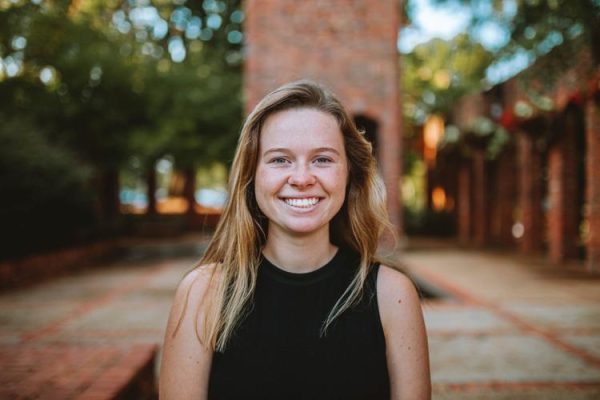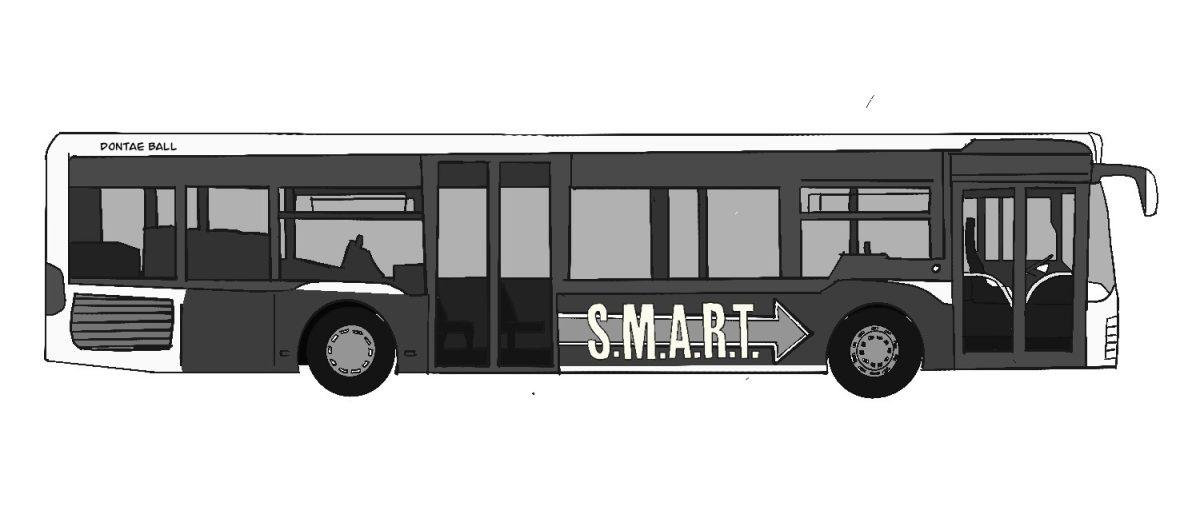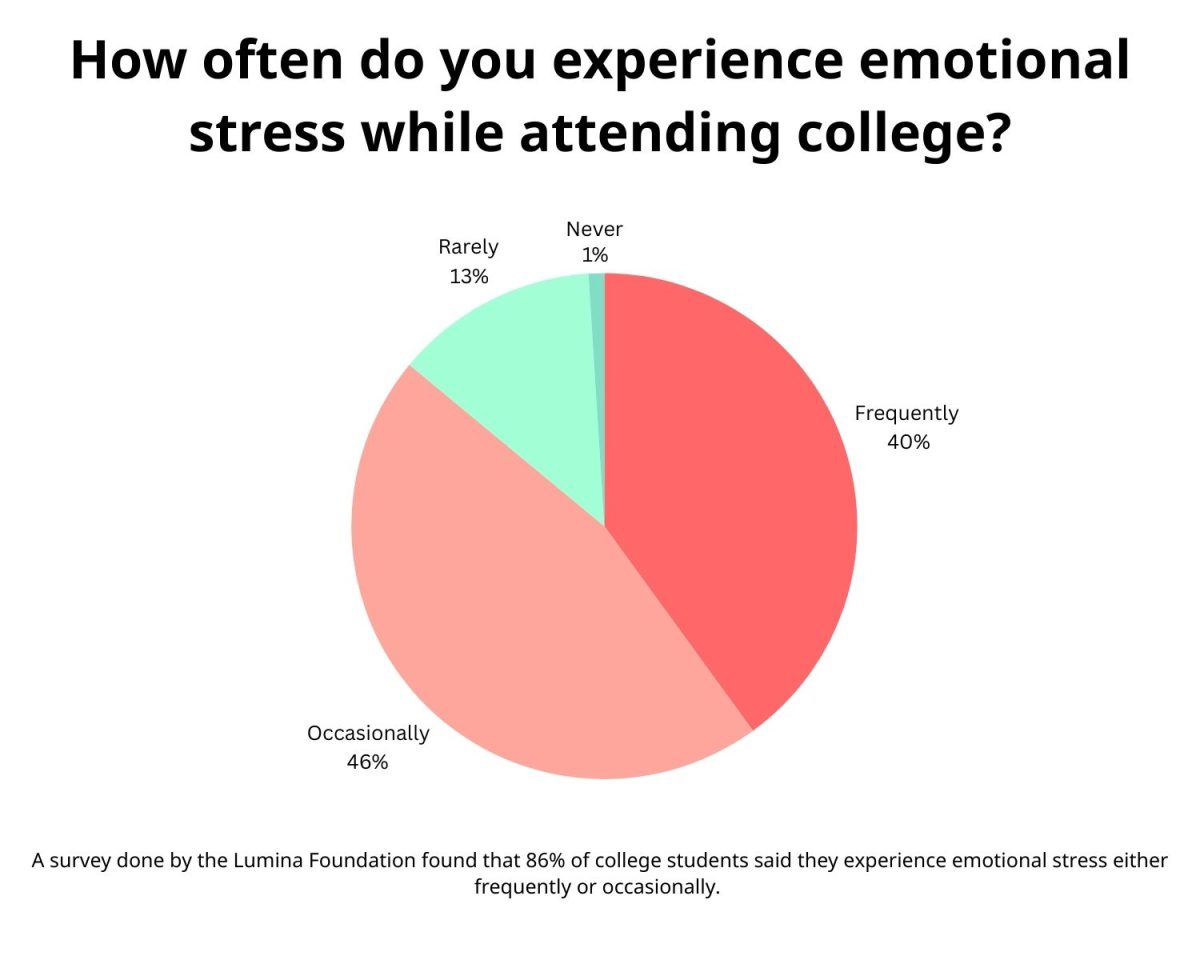It is approaching lunchtime on a Tuesday. You are waiting for the bus. It does not come. You check the interactive map and notice that both of the buses that run your route are stopped— next to each other. You sigh. You recently learned the two drivers on your route eat together everyday. You know that it will be a while before you make it to campus.
Mississippi State University’s S.M.A.R.T bus route is a great service to the MSU community. It is especially remarkable for such a small town, but several key improvements could reduce frustration for riders and help the bus system better accomplish its goals.
While no definitive ranking exists, according to James Williamson with Philadelphia Magazine, when a software company called TransitScreen, now known as Actionfigure, ranked the 10 best colleges for public transit, all were in major cities like Boston, New York and Philadelphia. I am grateful that, as a small town, we have the robust bus system that we do.
There are so many benefits to public transportation. First of all, it is remarkably favorable to the environment. According to the American Public Transportation Association, if a person used public transportation in lieu of a personal vehicle, they could prevent up to 30% of their carbon dioxide emissions.
It also reduces traffic, saves on gas money and is community-minded. Discussions with your driver, like Courtney and Gloria, friends of mine, over the cacophonous rattle of the bus are often a highlight of any day.
However, to make the bus system less exasperating and accomplish its goal of getting people where they need to be on time, there are several changes that need to be made.
Recently, I compared the posted stop schedule of the bus with when it actually arrived. At 9:21, the bus was supposed to arrive at my stop. At 9:20, I checked the map and the nearest bus on my route was half the route away from me—and headed in the opposite direction. I officially confirmed for myself what I already knew from personal experience: the posted bus stop schedule is utterly useless.
There are precautionary measures to help. DoubleMap, for instance, is an interactive app that shows you where the bus is in real time. While this is helpful, it makes it hard to plan more than 15 minutes ahead. Without a structured schedule, it is easy to miss an earlier bus and then get stuck with the next bus unexplainably not coming for a long period of time, causing you to be significantly late for class.
This is unacceptable and frustrating, especially for conscientious students who would never be late of their own accord. As a university bus system, the goal should be to support students academically. Making them late to class, or causing them to constantly stress that they will be late, is a detriment to their learning experience.
First, a simple solution to this issue could be having bus drivers take a staggered lunch break, rather than creating a 30-45 minute gap with no bus service in the middle of the day.
Second, and while I do not possess the technical knowledge to know if this is a feasible option, I propose a feature be added to the app where students can “check in” at stops. That way, the bus driver knows someone is waiting on them and does not randomly stop for a long period of time.
According to Jeremiah Dumas, MSU’s executive director of transportation, COVID created a serious shortage of bus drivers. Because there were barely enough drivers to go around, routes had to be changed. And if a driver got sick, the route was majorly disrupted because there were no extra drivers to go around. Hopefully, that will even out, and I do not fault the bus system for what they cannot control.
I am so grateful for the S.M.A.R.T. bus system and the wonderful, kind individuals who drive the buses. But with some simple fixes and ingenuity, the frustration of many students who do not have any other transportation options would be abated and their educational experience would be elevated.
Categories:
S.M.A.R.T buses are a valued service but need improvements
smart bus p2
About the Contributor

Hannah Blankenship, Former Editor-in-Chief
Hannah Blankenship served as Editor-in-Chief of The Reflector from 2021 to 2022.
She also served as the Managing Editor from 2020 to 2021 and as the News Editor from 2019 to 2020.
Hannah was named College Journalist of the Year at the 2022 Southeastern Journalism Conference.
0
Donate to The Reflector
Your donation will support the student journalists of Mississippi State University. Your contribution will allow us to purchase equipment and cover our annual website hosting costs.
More to Discover








